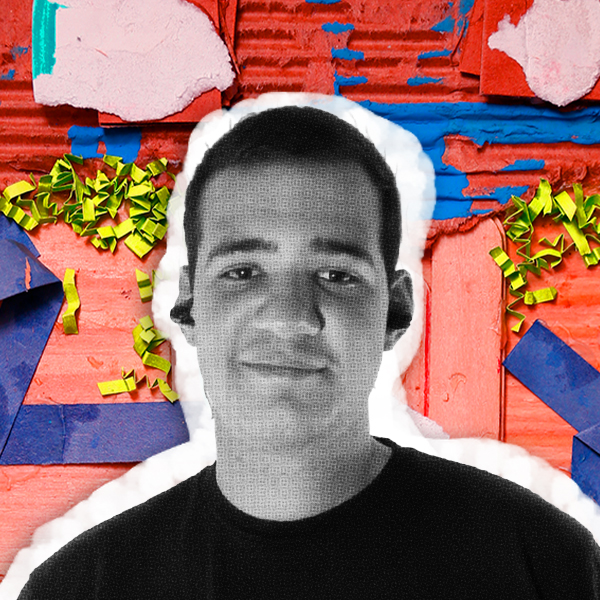My days vary depending on the unit I'm working in. In the NICU, I work with preemies and micro preemies. I'll be present at delivery and assist the doctor with intubation. Then I'll take the babies to the NICU for further care. If I'm in the PICU, I'll have the trauma pager on me which calls me to intensive care if a child comes in with trauma. Again, I'll assist with intubation and anything else the doctors need. I also help patients with different lung therapies to help strengthen their lungs.
CAREER
Respiratory Therapists
Overview
Salary Median (2023)
$77,960
Projected Job Growth (2023-2033)
+19.4% (much faster than the average)
Career
What Respiratory Therapists Do
Assess, treat, and care for patients with breathing disorders. Assume primary responsibility for all respiratory care modalities, including the supervision of respiratory therapy technicians. Initiate and conduct therapeutic procedures; maintain patient records; and select, assemble, check, and operate equipment.
Other Job Titles Respiratory Therapists May Have
Cardiopulmonary Rehabilitation Respiratory Therapist, Certified Respiratory Therapist (CRT), Registered Respiratory Therapist (RRT), Respiratory Care Practitioner (RCP), Respiratory Therapist (RT), Staff Respiratory Therapist, Staff Therapist
How Leaders Describe a Typical Day at Work
I work three 12-hour shifts through the week. I start the day with a department meeting, where I learn any hospital updates. Then I get my assignments. I really enjoy being assigned to the ICU. There, I'll have patients on ventilators doing breathing treatments in order to graduate to the floor. I have freedom to manage my time but I'll have specific tasks that need to get done in those time periods. For example, I may have a patient who needs to be checked every four hours for a specific need.
Tasks & Responsibilities May Include
- Provide emergency care, such as artificial respiration, external cardiac massage, or assistance with cardiopulmonary resuscitation.
- Monitor patient's physiological responses to therapy, such as vital signs, arterial blood gases, or blood chemistry changes, and consult with physician if adverse reactions occur.
- Set up and operate devices, such as mechanical ventilators, therapeutic gas administration apparatus, environmental control systems, or aerosol generators, following specified parameters of treatment.
- Work as part of a team of physicians, nurses, or other healthcare professionals to manage patient care by assisting with medical procedures or related duties.
- Maintain charts that contain patients' pertinent identification and therapy information.
This page includes information from theO*NET 29.2 Databaseby the U.S. Department of Labor, Employment and Training Administration (USDOL/ETA). Used under theCC BY 4.0license. O*NET® is a trademark of USDOL/ETA.








